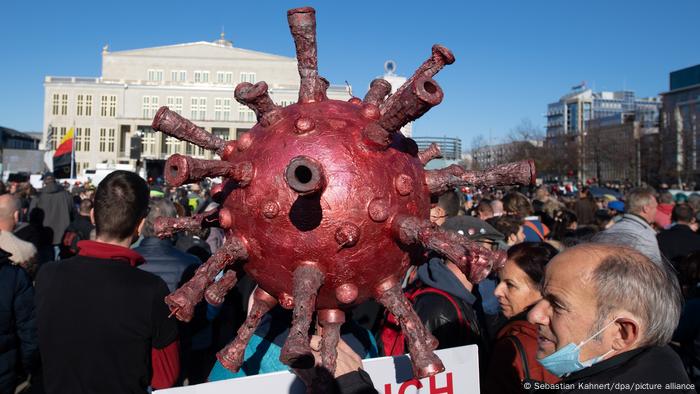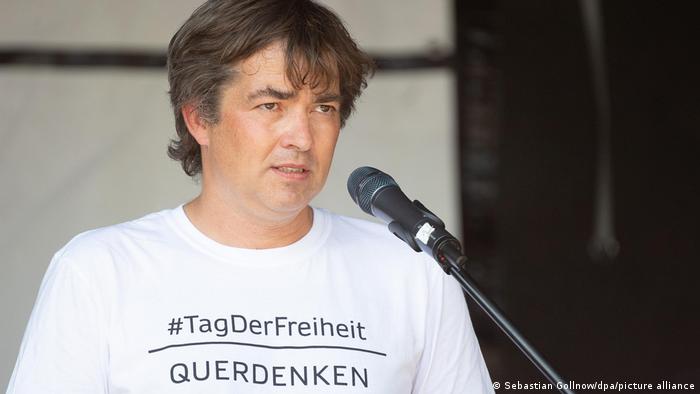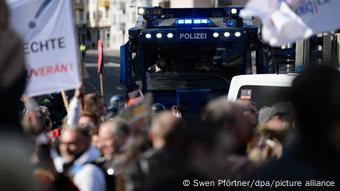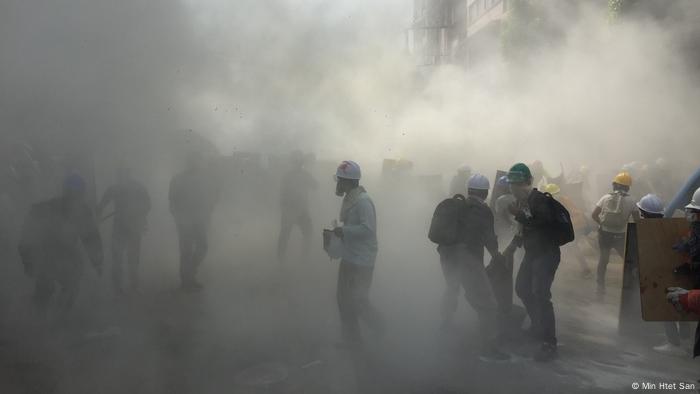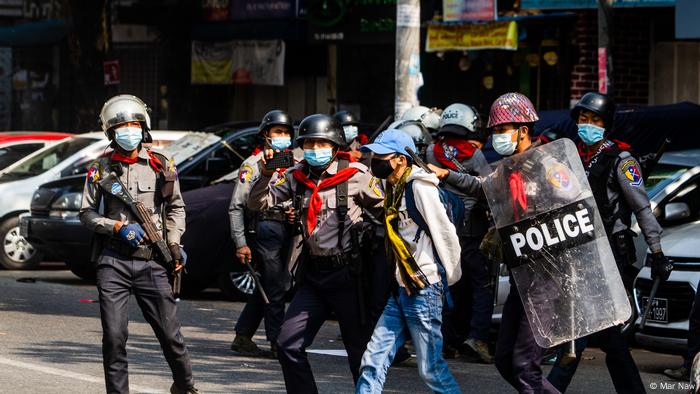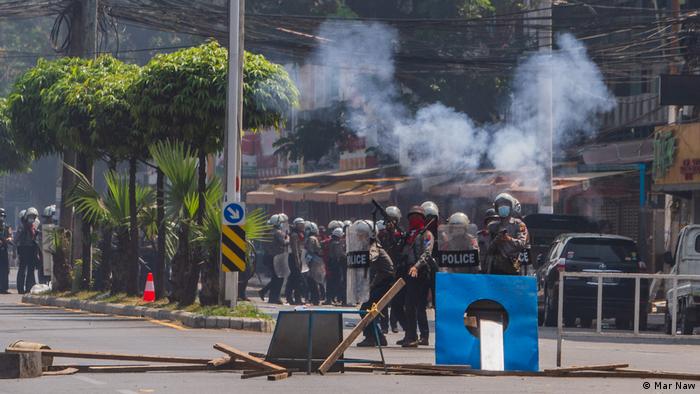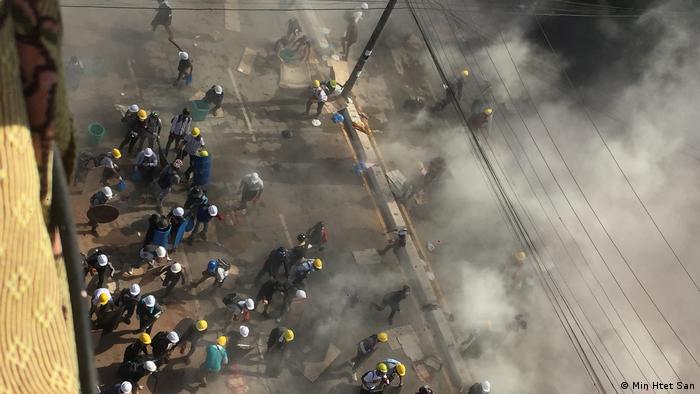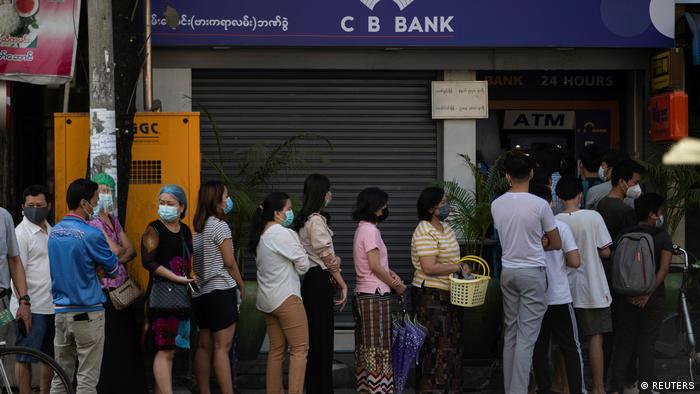The opportunities and risks of digitalization for sustainable development
A systemic focus on risks and benefits of digital technologies
INSTITUTE FOR ADVANCED SUSTAINABILITY STUDIES E.V. (IASS)
Digitalisation can support transitions towards a more sustainable society if technologies and processes are designed in line with suitable criteria. This requires a systemic focus on the risks and benefits of digital technologies across the three dimensions of sustainable development: the environment, society, and the economy. This is the conclusion of a study prepared by a team of researchers at the Institute for Advanced Sustainability Studies (IASS) in Potsdam. Applying this precautionary approach to digitalisation requires the active involvement of developers, users, and regulators.
Digitalisation is a complex and dynamic process often regarded as the fourth major innovation cycle in human history. The use of a systemic risk-benefit perspective could shed light on the links and interdependencies between digital technologies and the environmental, economic, and social dimensions of sustainability, emphasise the team of researchers at the IASS.
The flexibility of digital services creates important opportunities for efforts to achieve sustainability goals. However, this can also lead to path dependencies that are difficult to reverse or otherwise correct unless they are discovered at an early stage. These closely intertwined opportunities and risks call for informed and judicious decision-making in order to foster sustainable development.
Digital innovations will not deliver the 17 UN Sustainable Development Goals (SDGs) as a matter of course; instead, the development of digital innovations must be guided by:
- a systemic perspective that acknowledges the connections and interdependencies between their environmental, economic and socio-cultural impacts,
- a professional technology assessment informed by interdisciplinary insights, and
- an inclusive decision-making style that facilitates broad participation in the development of digital services.
Digital products help reduce demand for energy and raw materials
What else will it take to foster more sustainable outcomes? Co-author and research group leader at the IASS, Pia-Johanna Schweizer, explains: "Ensuring that all sectors of society have access to digital media and possess the digital literacy needed to use them is vital to delivering an inclusive digital transformation. We also need fast and reliable Internet access nationwide - including in rural areas." Similarly, targeted support is needed for small and medium-sized enterprises as they modernize their processes.
The development of digital products and production processes that reduce energy and material demand are also important building blocks for a sustainable digital future, says co-author Grischa Beier. As Pia-Johanna Schweizer explains "Above all, it is crucial to establish clear rules for data security and data sovereignty. If these challenges are not adequately addressed, acceptance of digital innovations is likely to erode and efforts towards a sustainable digitalisation process may be jeopardized."
Finally, new societal initiatives are needed to help shape an enabling environment for the development of sustainable digital technologies and services. The three authors recommend a participatory process in which stakeholders co-design the objectives, rules and regulations for a governance structure that engages with the Sustainable Development Goals of the United Nations.
###
Visit also the DiDaT project website: https:/
Publication:
Ortwin Renn, Grischa Beier, Pia-Johanna Schweizer: The opportunities and risks of digitalisation for sustainable development: a systemic perspective, GAIA 30/1 (2021). DOI: https:/
Author contact:
Dr. Grischa Beier
Research Group Leader for Digitalisation & Sustainability
grischa.beier@iass-potsdam.de
Dr. Pia-Johanna Schweizer
Research Group Leader for Systemic Risks
Pia-Johanna.Schweizer@iass-potsdam.de


